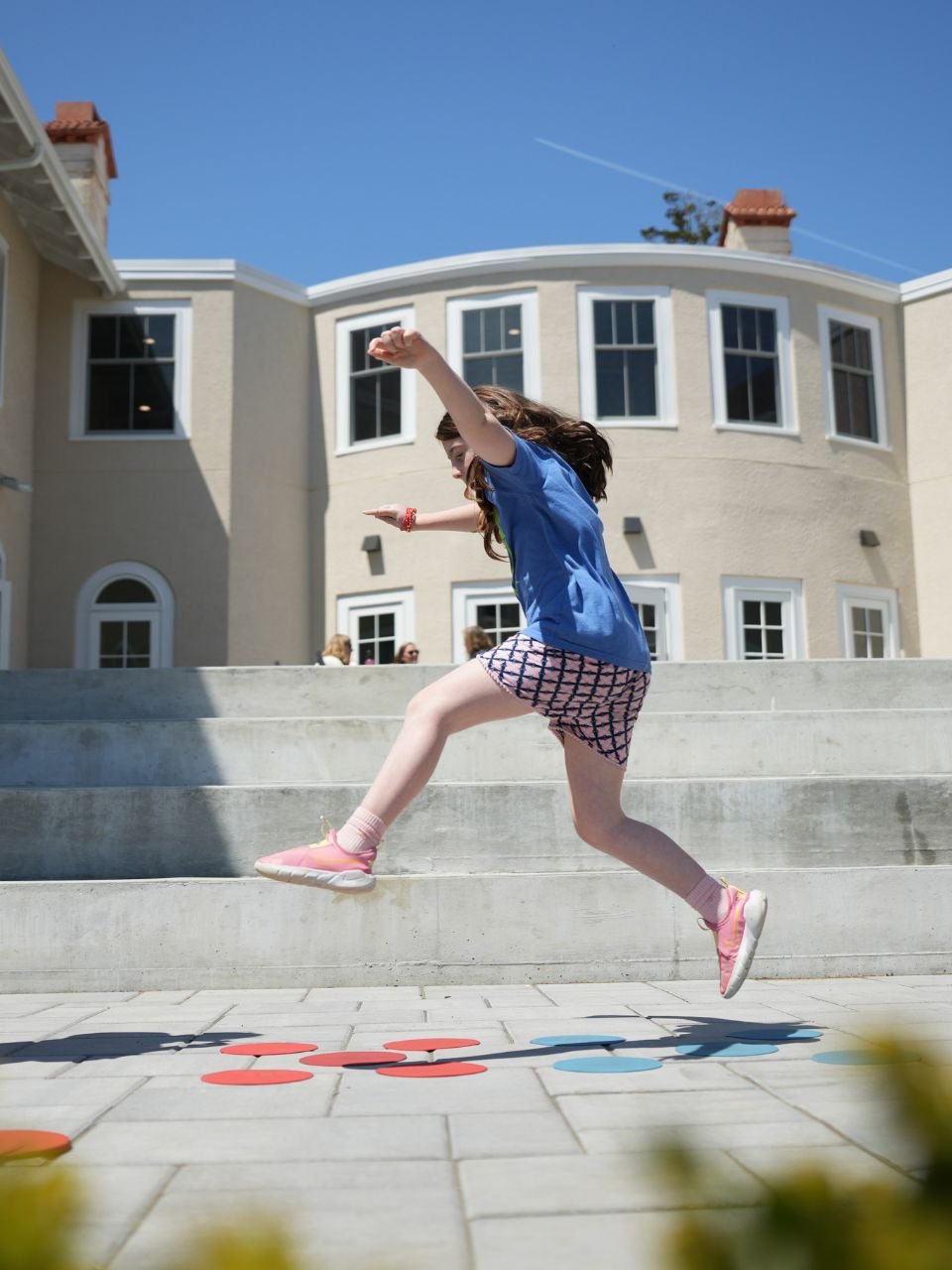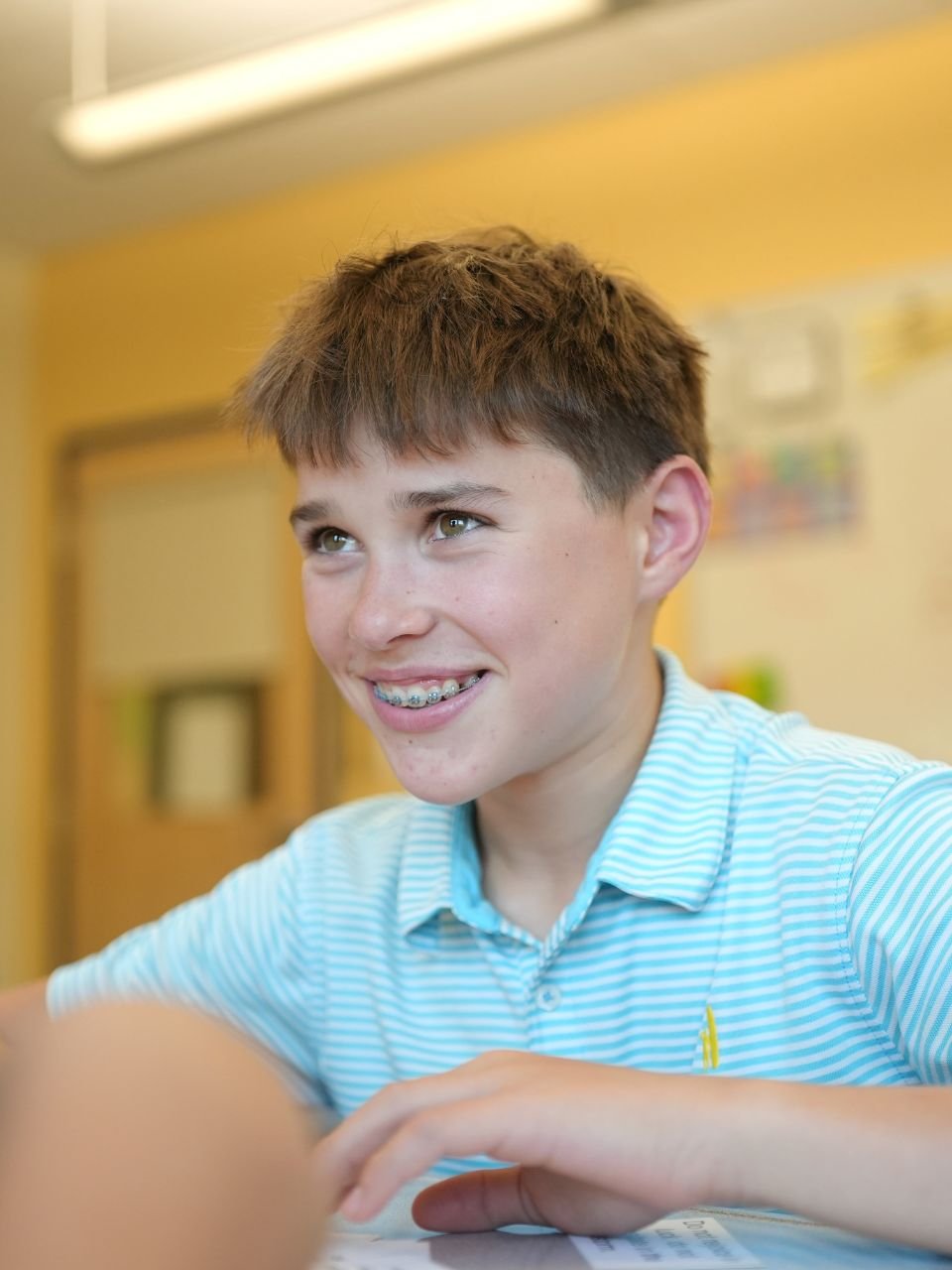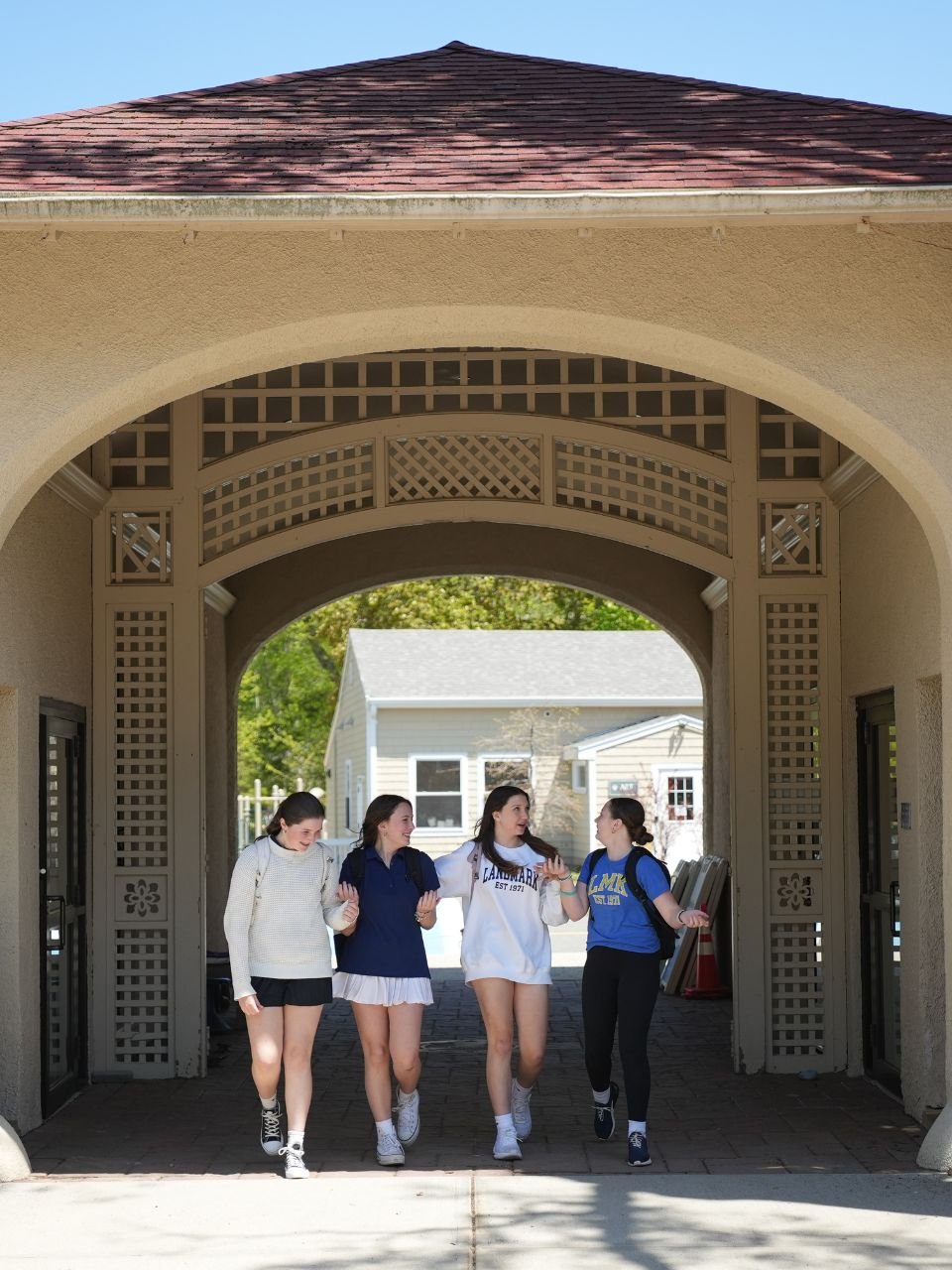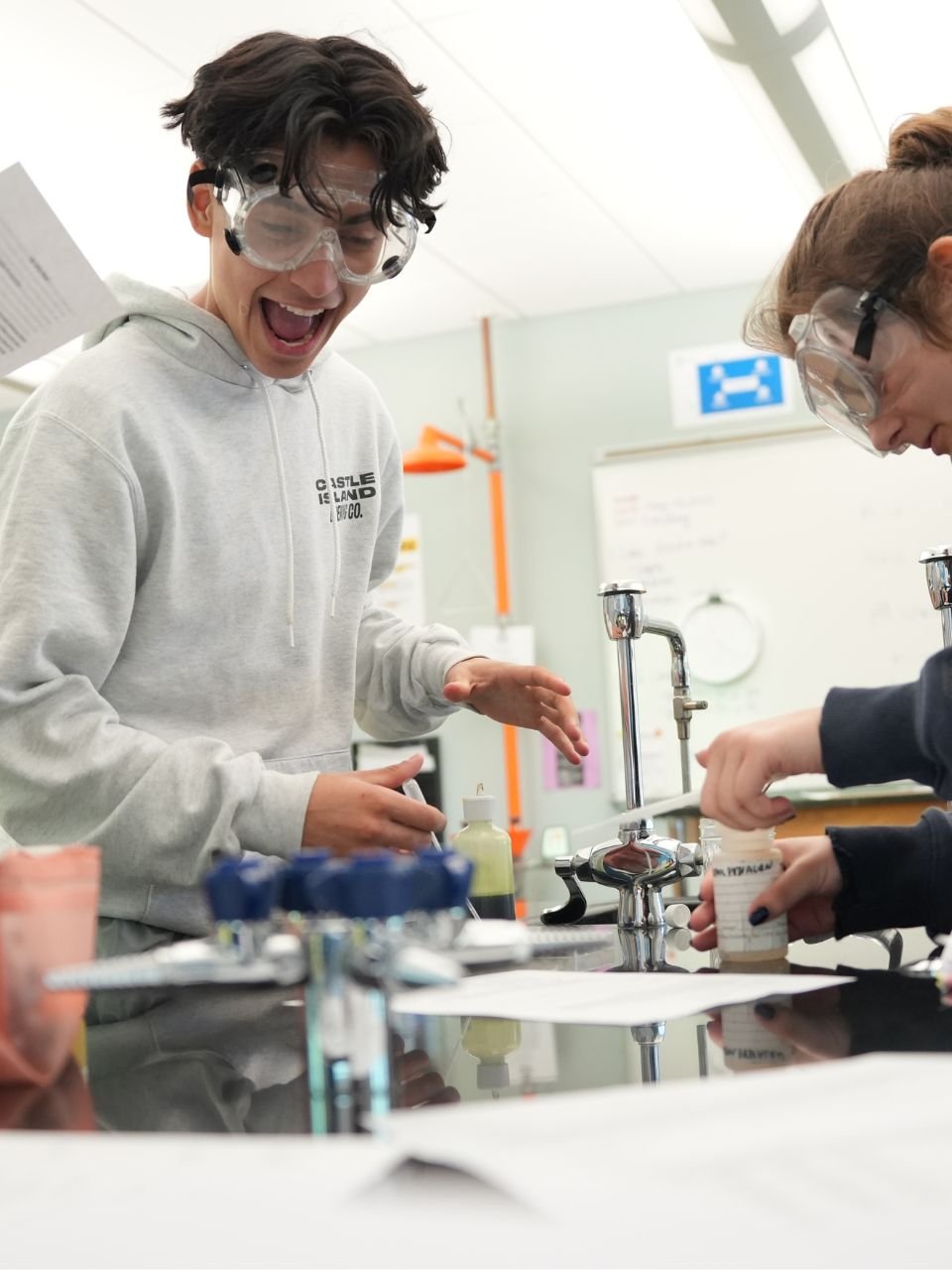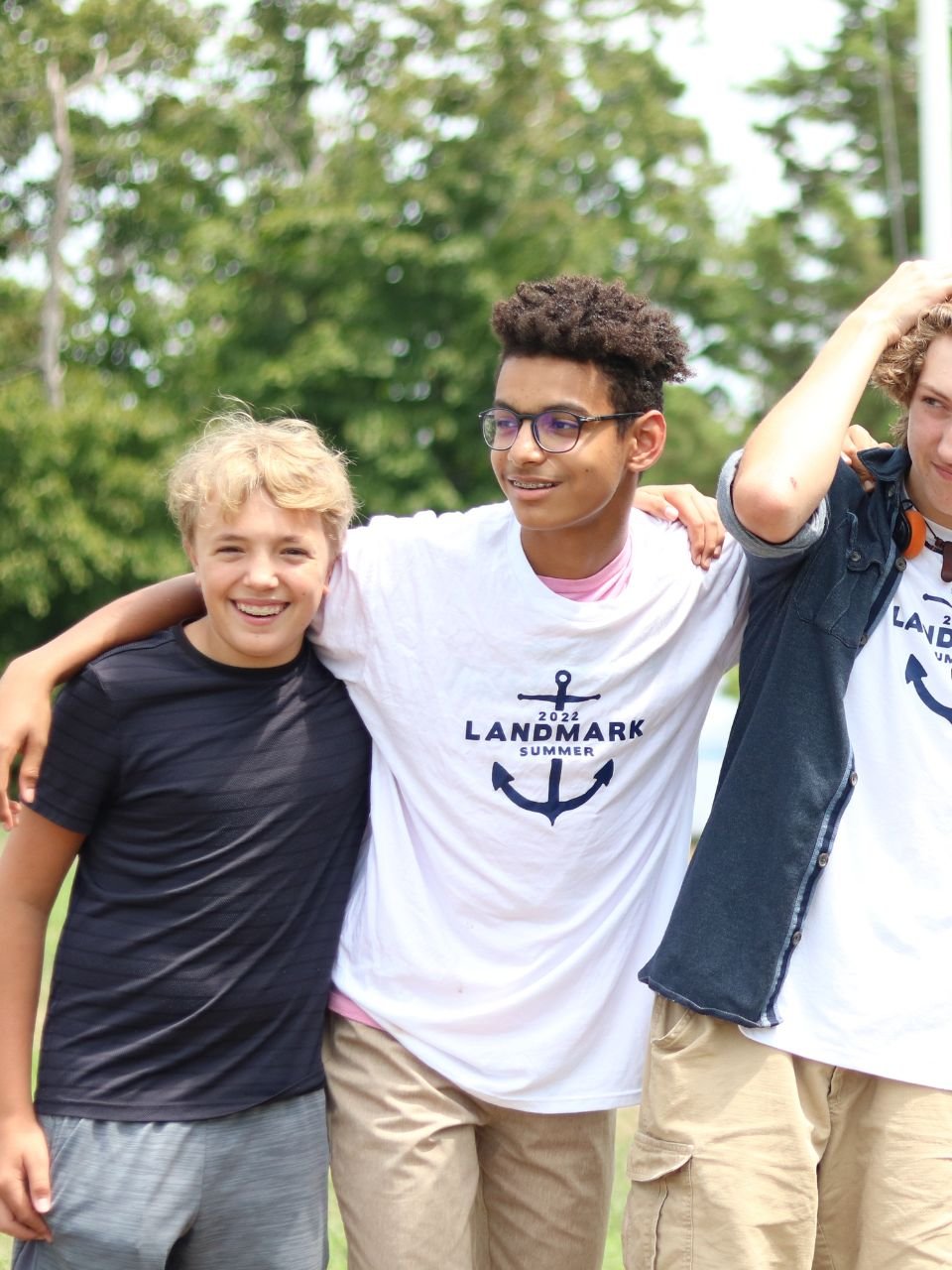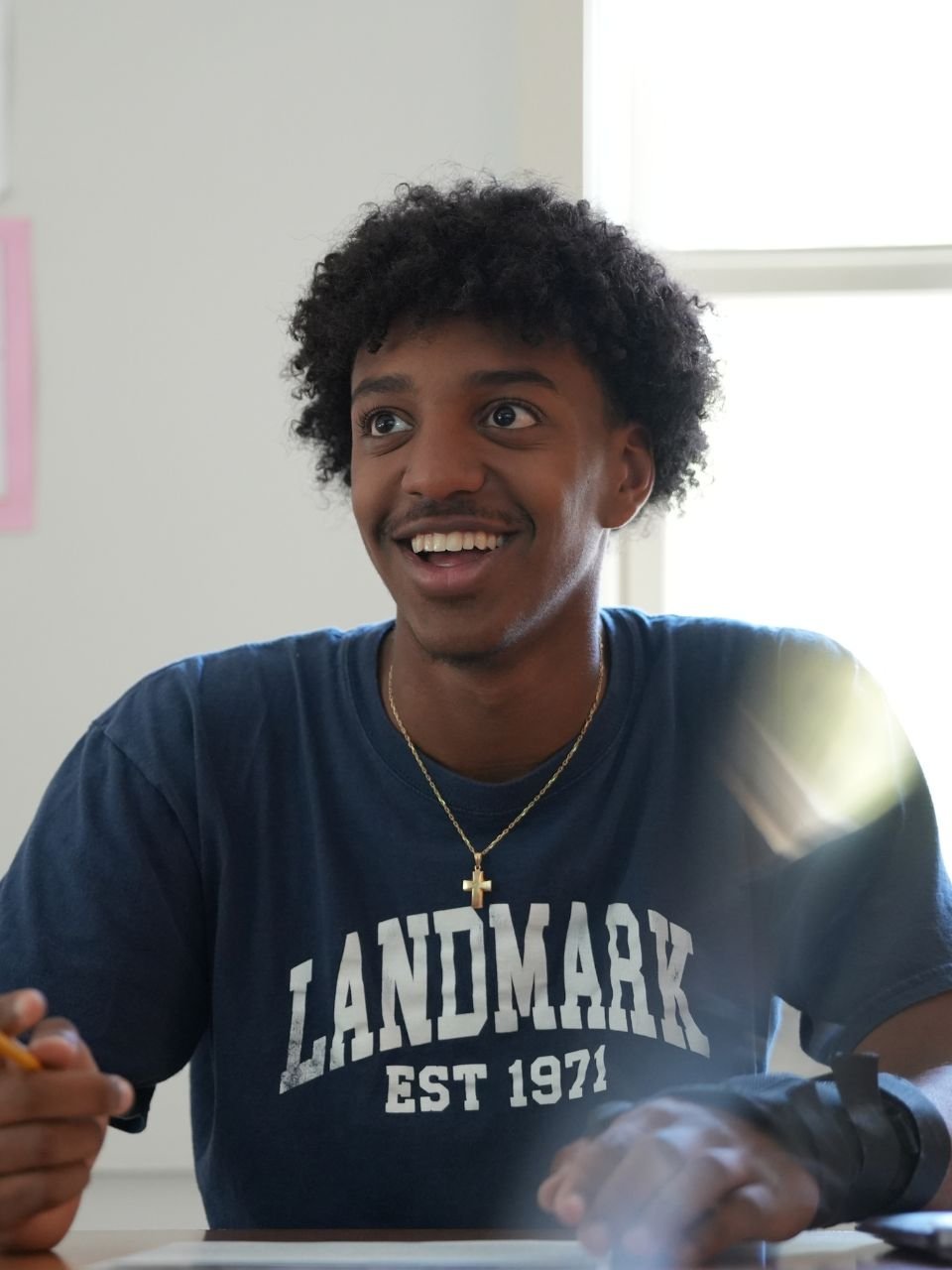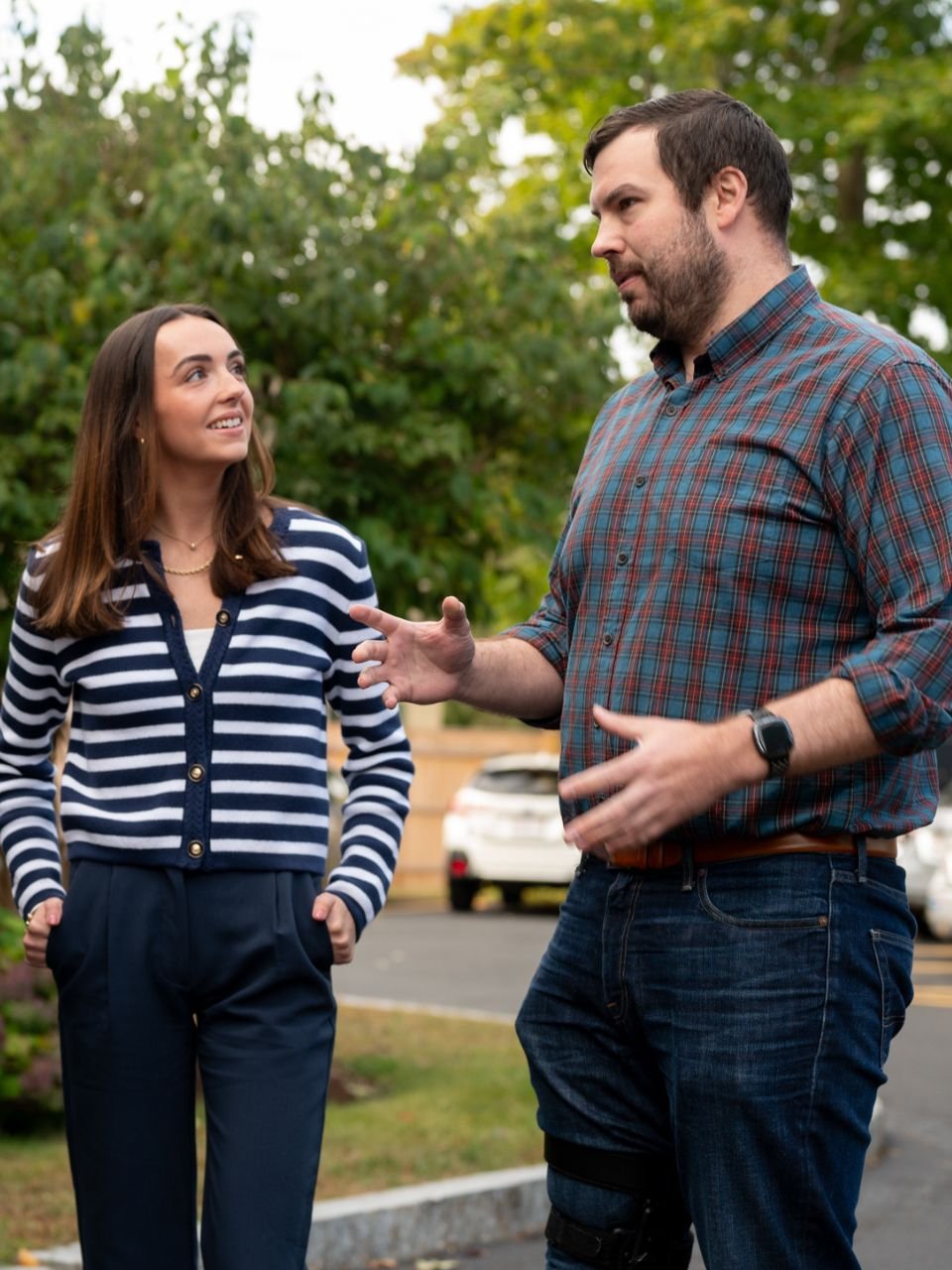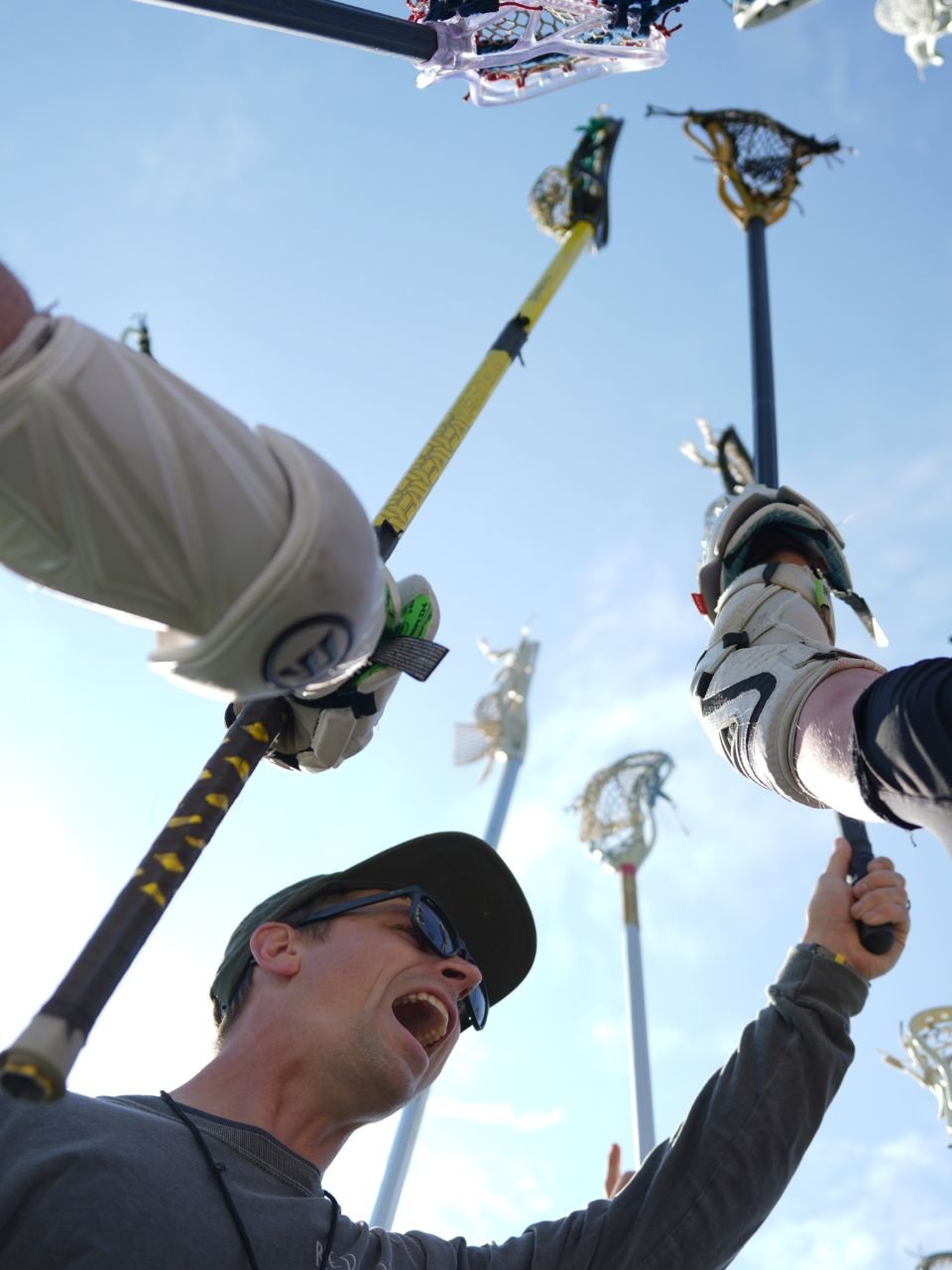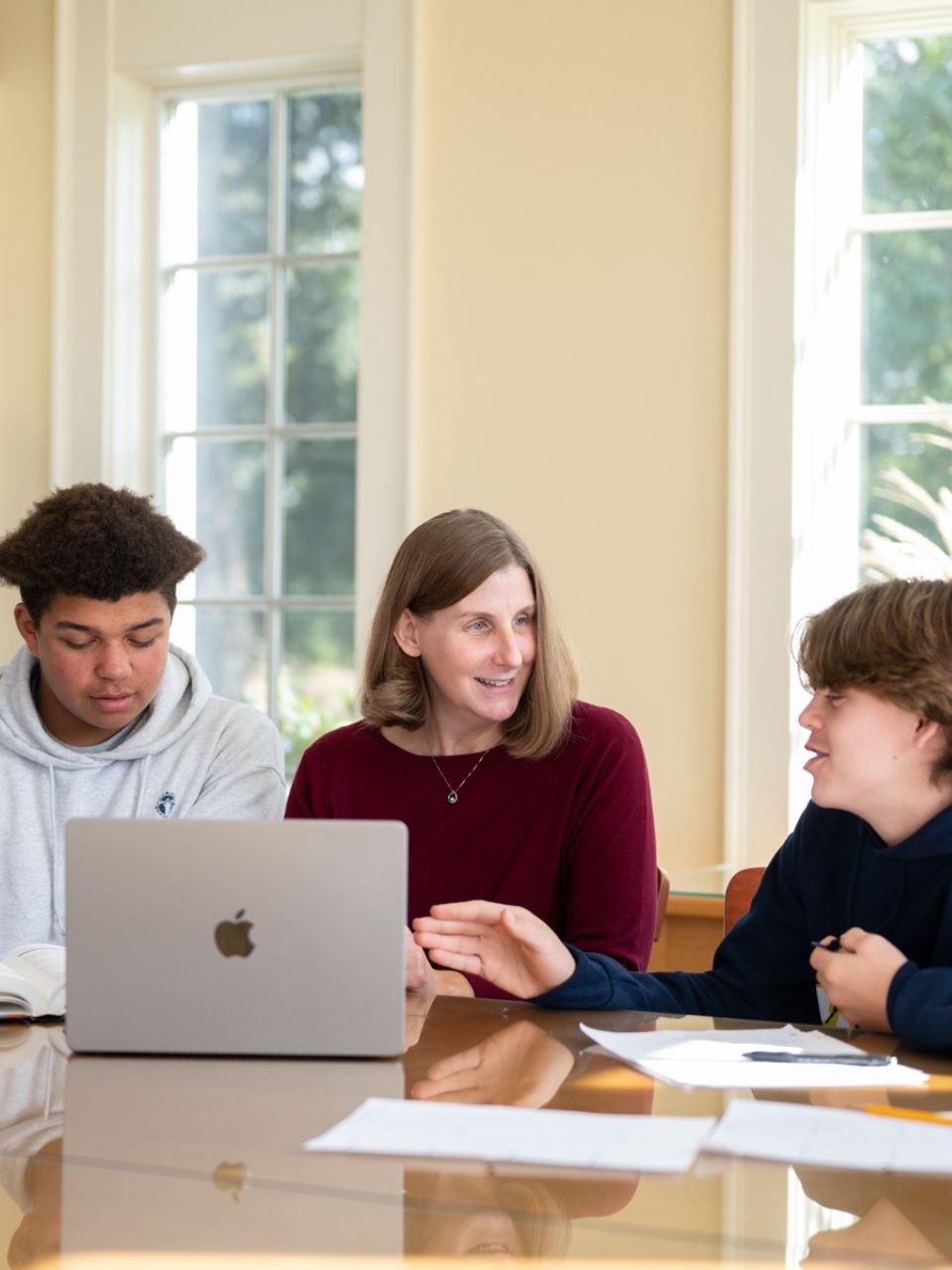- Our School
- Our Advantage
- Admission
- Elementary•Middle School
- High School
- Summer
- Giving
- Parent Resources
- For Educators
- Alumni
« Back
What We Know About LBLD and Learning
October 16th, 2017
Part One of a Five-Part Series, What Is a Language-Based Learning Disability?
We KNOW that the awareness of dyslexia and Language-Based Learning Disabilities (LBLD) began around 1900 with observations of children who appeared “normal” and could learn many things, yet were not learning to read and write. They were thought to have “word blindness,” or a visual problem.
At Landmark, we define LBLD as:
"A Language-Based Learning Disability (LBLD) is the inability of individuals with average to above average cognitive ability to learn at their level of potential and to access curriculum through traditional educational techniques due to neurologically-based challenges with the intake, processing, and expression of language."
Pioneers in the Study of Language-Based Learning Disabilities
In the 1930s, educators and scientists Samuel Orton, Anna Gillingham, Edith Norrie, Rita Buchan, and others began to focus their work on reading and speech difficulties. They developed specific strategies, or remedial techniques, that seemed to help, without yet fully understanding the causes of these learning challenges.
Their strategies included: multi-sensory inputs; hierarchical, tightly structured, micro-united instruction; review and practice (repetition and spiraling); and an emphasis on cracking the code, or using a child’s cognitive ability to analyze language. These strategies continue to be ever so relevant today.
Research Continues to Shed Light on LBLD
Since the 1930s, developments in neuroscience, research, and direct experience have shown that:
- LBLD is a language-processing problem that interferes with an individual’s ability to realize learning potential yet is unrelated to intelligence.
- LBLD affects HOW people learn, NOT whether they CAN learn.
- Individuals with LBLD may have average to superior cognitive ability to learn, analyze, and problem solve, yet struggle to master language through traditional educational techniques.
- LBLD is a neurologically based learning problem.
- LBLD is a wide-ranging issue that affects school performance, social development, family life, and relationships.
- LBLD is a hidden handicap that is not easily identified.
- There is no “cure” for LBLDs
- LBLD can be devastating if undiagnosed and unremediated, and can lead to diminished self-confidence, school failure, substance abuse, involvement with the juvenile justice system, and other troubling outcomes.
Keys to Success
We also KNOW that with appropriate intervention, children and adolescents with LBLD become successful, productive, often entrepreneurial adults with LBLD. To achieve this success, we know that INTERVENTION is the key. LBLDs and dyslexia are biological, neurological, hereditary conditions for which there is no MEDICAL treatment, yet, through a diagnostic–prescriptive approach, appropriate educational models DO provide a solution.
Through science, research, and extensive experience, we KNOW that such an appropriate educational program for students with LBLD should include:
- A thorough and appropriate diagnosis of the student’s relative processing and learning strengths and challenges
- Individualized intervention and REMEDIATION
- A structured, systematic language-based approach
- A skills-based curriculum
- Teamwork, including the parents, student, teachers, and specialists
A Rallying Call for Awareness and Collaboration
Perhaps the way that we can affect the most comprehensive change for all learners, especially the 15% – 20% with LBLD, is to come together, let our voices be heard, and provide better support for those that are on the front lines — teachers.
Let’s call upon educational models to become more aligned with medical models. In other words, those that are diagnostic and prescriptive.
Merging science, instruction, research, and assessment for ALL students, as the medical model would suggest, means that we provide a more thorough and appropriate educational experience for all.
We need to come together and create MUCH greater awareness, much broader and more meaningful collaborations, and a movement that cannot be overlooked — one without politics, prejudice, personal pet projects, or predetermined prescribed programs.
What Is a Language-Based Learning Disability? Five Part Series
Through Landmark School’s blog, Landmark360.org, we launched the five-part series What Is a Language-Based Learning Disability? in conjunction with Dyslexia Awareness Month. This is the first article in the series.
Part One:What We Know About LBLD and Learning, by Bob Broudo
Part Two:Language-Based Learning Disabilities: A Primer, by Melody O'Neil
Part Three: Help Your Struggling Learner: Remediation Is a Key to Success, by Christine Ozahowski
Part Four:It's a Myth That Young Children Cannot Be Screened for Dyslexia, by Nadine Gaab, PhD
Part Five: Language-Based Learning Disabilities on the Homefront, by Angela Timpone Gowans
![]()
Landmark360.org's post by Bob Broudo about LBLD and Learning won a 2017 Gold InspirED School Marketers Brilliance Award in the national competition that recognizes excellence in private and independent school marketing and communications.
Posted in the category Learning Disabilities.





